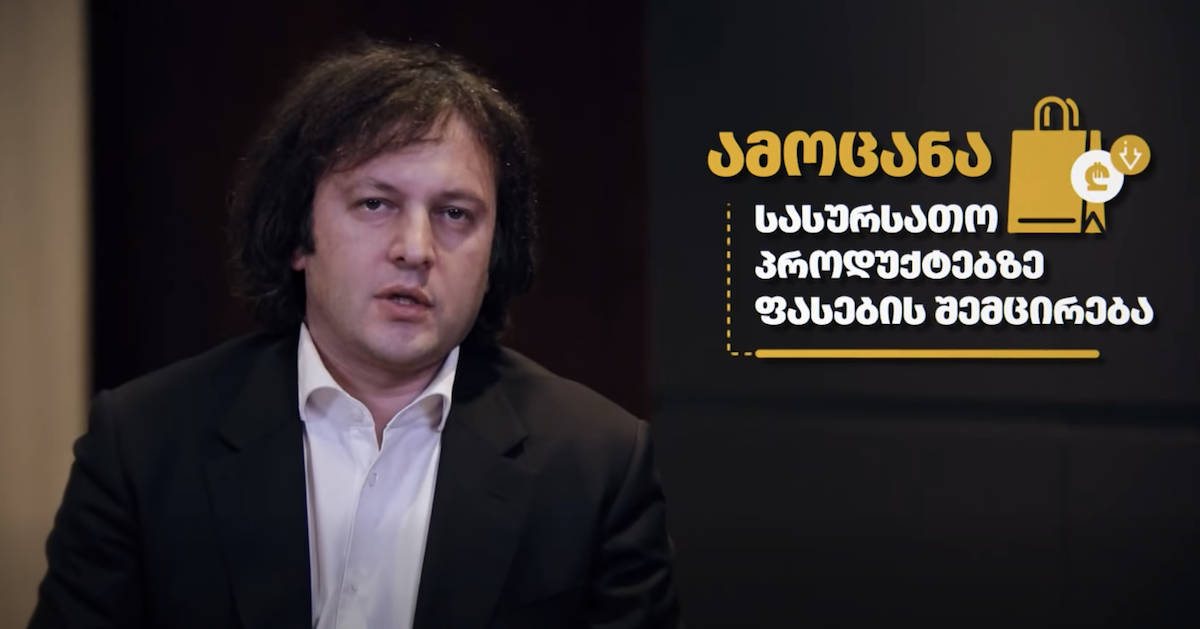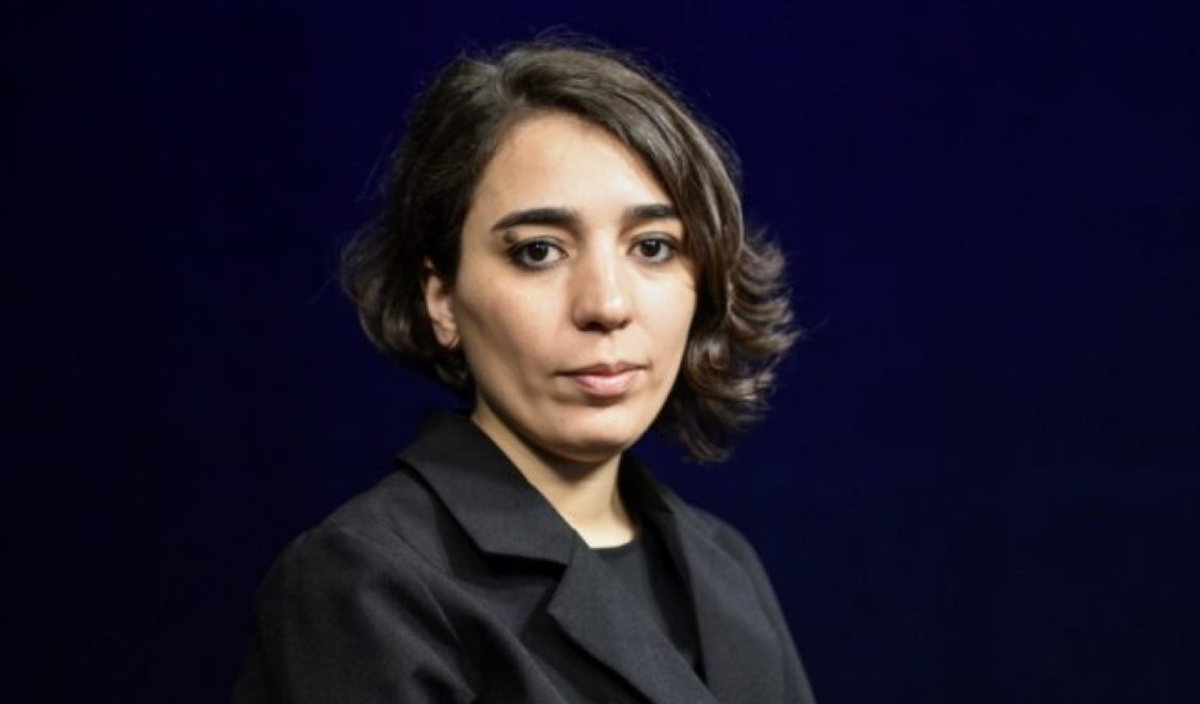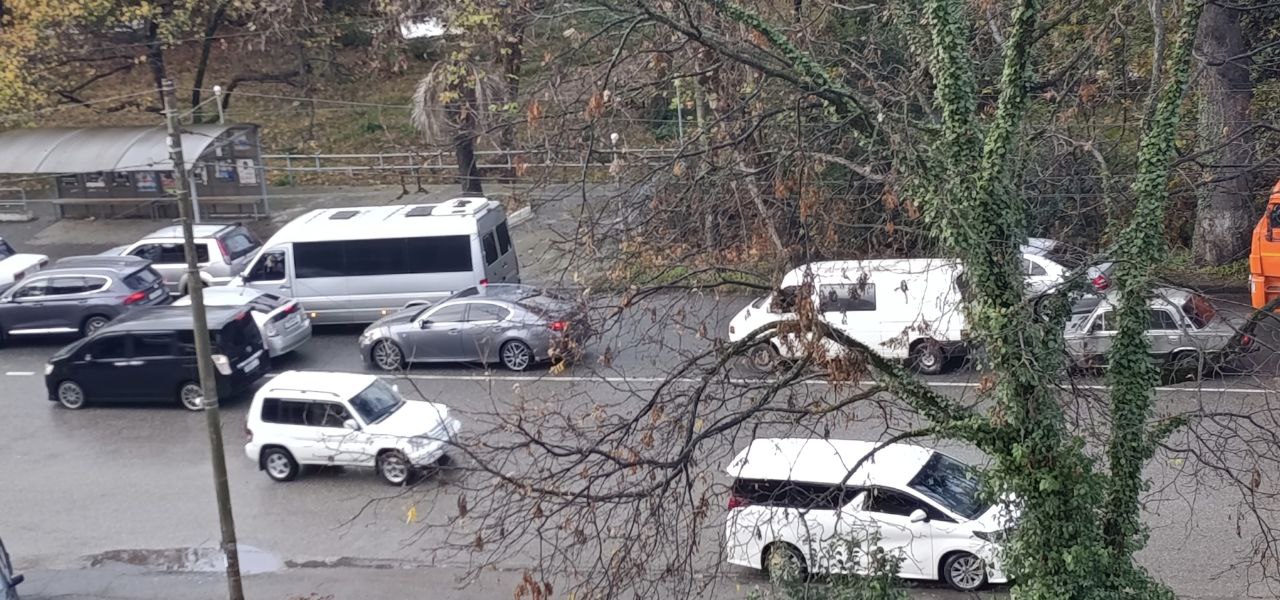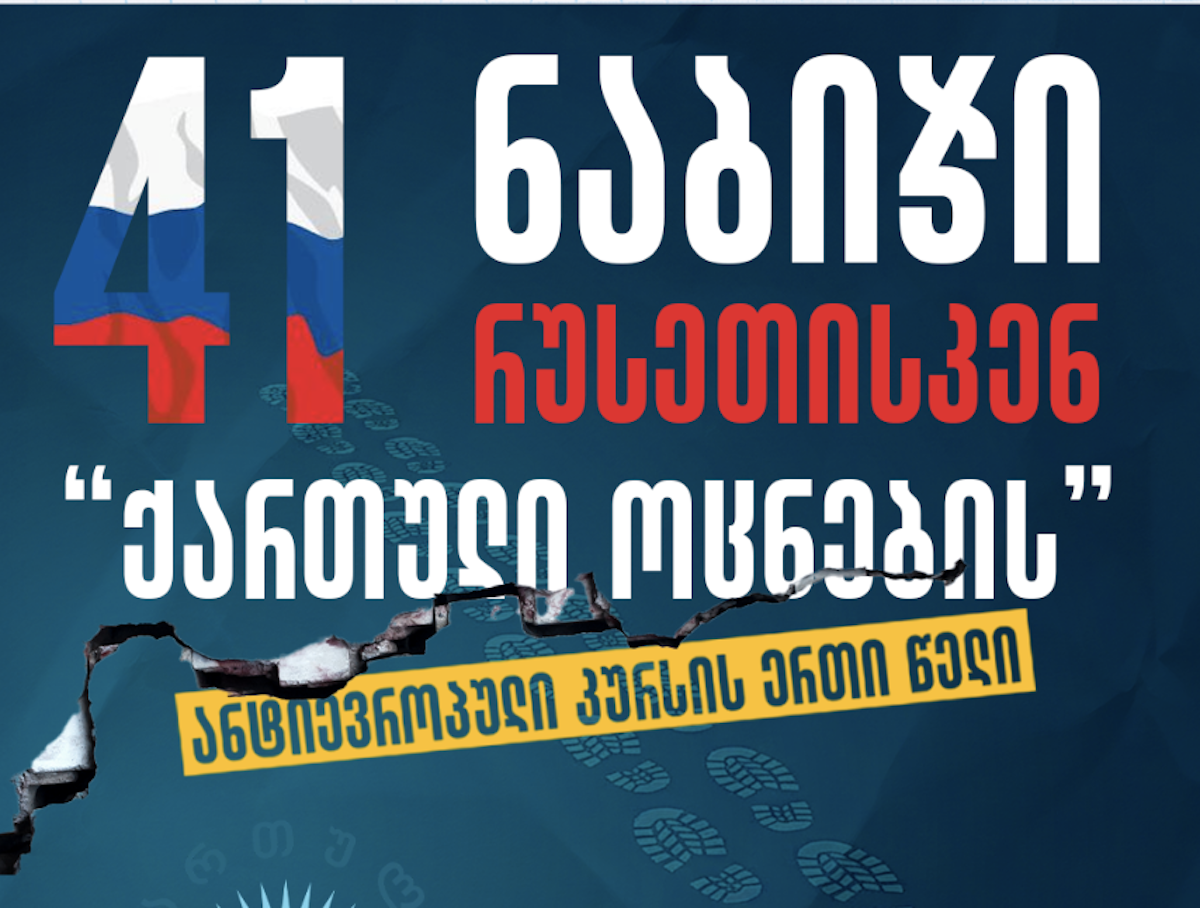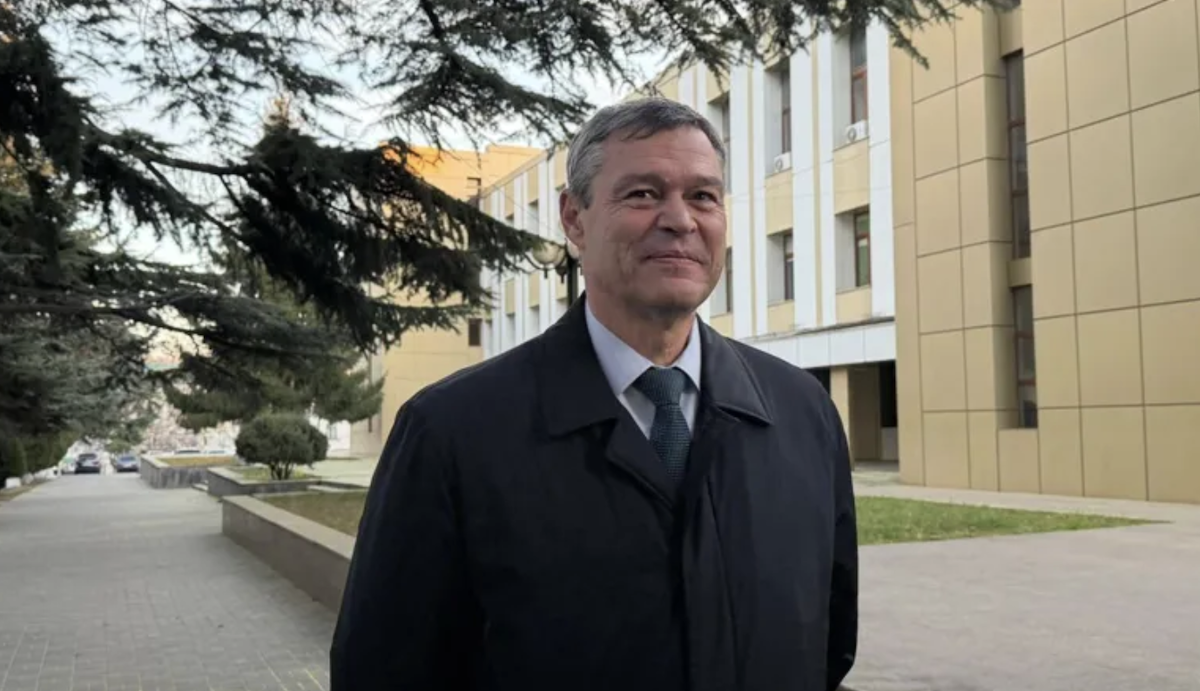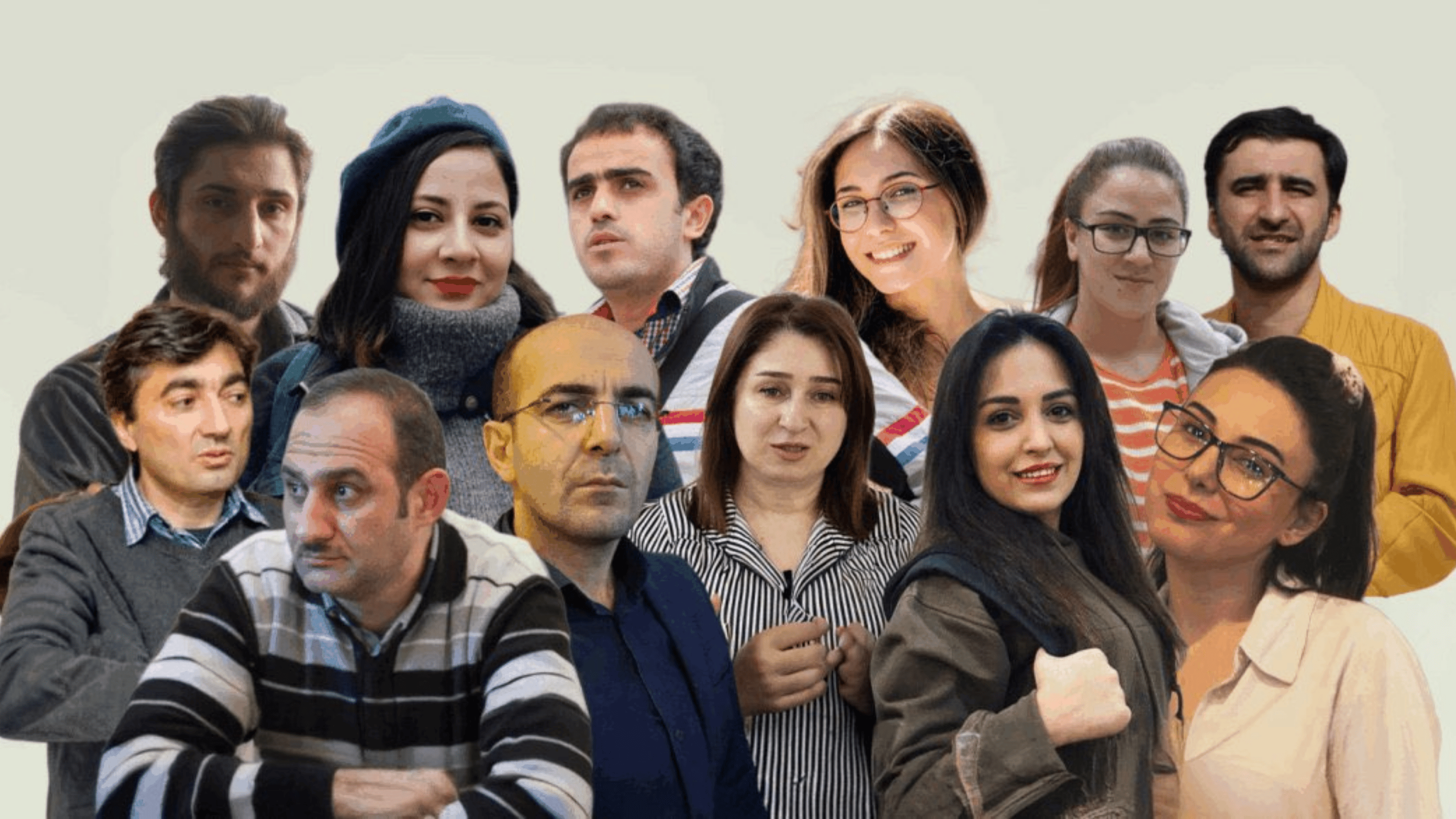Photographer in a war
Anastasia Vlasova, photo reporter, is only 23. But she has already contributed to The New York Times, Time, Newsweek, NBC News, The Guardian and The Wall Street Journal.
Anastasia told Bird in Flight how she has been reporting from Donetsk and Lugansk, where an anti-terrorist operation is underway (the ATO zone), initiated by Kyiv authorities after the territories declared their independence from Ukraine.
In 2013 she was employed by the Kyiv Post daily. That year the Euromaidan was founded in Kiev, which marked the beginning of her career.
 Anastasia Vlasova
Anastasia Vlasova Reporting from Crimea and the ATO zone
“When the war started, I realized that I had a role to play. Photo reporting helped me to find out who I am helped me to break out of my comfort zone.
I do not like reporting from Donbass. Other places are more appealing to me. But once you’re there, it’s more interesting to do some side stories about the people living there. It is tiring to be shown another canteen or summer shower at another base or check point.
I stopped going to Donetsk after I was detained there along with photographer Alan Chin. He was giving a master class in Kiev, where we met and decided to go to Donetsk.
It took us five minutes to obtain civil accreditations there which allowed us to move around freely and take photos of whatever we’d like. Sasha, our driver, proposed that we go to the shelter constructed at a former hospital.
There was a guard by the entrance who looked like a drunkard. He decided that we were volunteers, and let us in. Soon after, his commanders came. We were seized and taken to the “special department.
I was summoned for an interrogation. There were three people in the room, but two mostly kept silent. The third one told me that he was just a miner, but by the way he spoke it was obvious that he was experienced at interrogating people.
First they wanted to execute the three of us, but then agreed that I am just a stupid little girl, who has linked herself to an American spy. It took several hours to talk them into letting us free. They gave us our things back and didn’t erase anything from our cameras.
After the incident I do not want to go there anymore. I cannot do my job there. When I’m there I look around constantly and watch my every step. In Debaltsevo, under artillery fire, I felt freer than when I was under psychological pressure. I am a girl, and I know what may happen to me if I am taken “to the cellar.
Differences
At Magnum Fellowship we were taught that the best stories are always within grasp. Do not search for them in other places.
You do not have to necessarily spend two weeks in a tent in the ATO zone or to make a series of portraits in order to do a first-class story. This is the most primitive way of doing it.
In former Soviet countries they choose the stories that look cool, then think of the content. It is the other way round in the West, where your emotions when doing a certain story matter. The idea comes first, then you start to think of how to present it best.
When we look at important stories, for instance the visual side of it is neglected. People believe that if you have an important story on your hands, photos can be boring.
Photo reporting and reporters
Personal stories currently account for 60% of photo reporting.
Doing a good job means sparking a discussion.
I have been trying for a long time to do away with my reporting background, to understand what I like to do and to come up the visual language of my own.
I make an effort not to lie to my heroes. I’ve only done this twice. I said I was married when working in Karabakh and when doing a story on the Crimean Tatars currently living in Galicia in Western Ukraine.
If I want people to trust me, I have to be open. On some occasions I’ve told strangers things I would not share with my best friends.
I will not provoke a person for a better picture, not make him do something special. If a person does not want me to see him washing his head, I don’t persist. Once we spend more time together, he begins to trust me more and let me take a photo of him washing not just his head but his whole body.
I constantly think of what emotions my photos will arise in people. My aim is to cause horror, not disgust.
When shooting rallies or interviews photos have become a routine for me. I feel ashamed for covering the nationalists marches, on Bandera`s birthday, for instance.
It is my job. Someone has to take photos. Even if it depicts something evil, it has to be shown.
The mere presence of a photographer may provoke a person to act.
I am ambitious, as any creative person is. But glory is not my aim. I simply want to do stories that are not shameful.
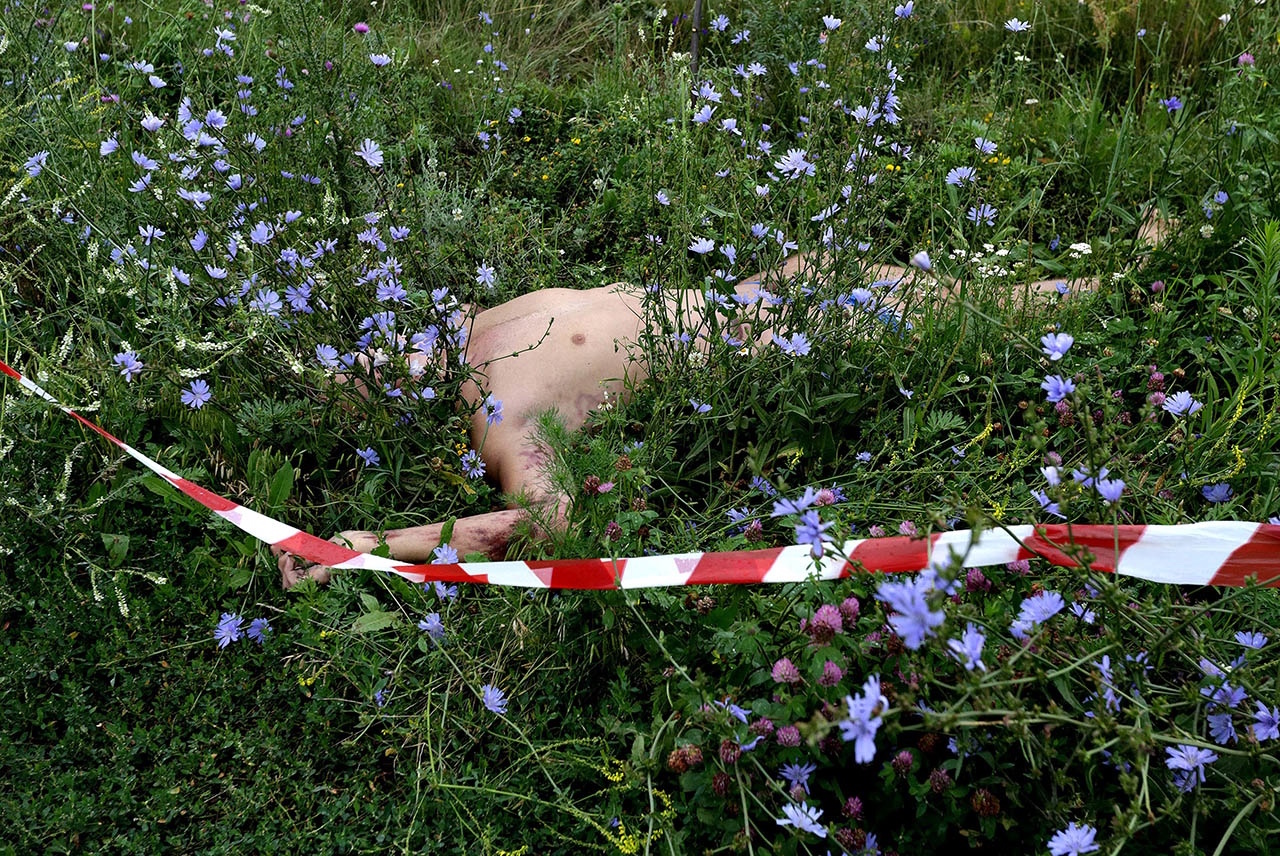
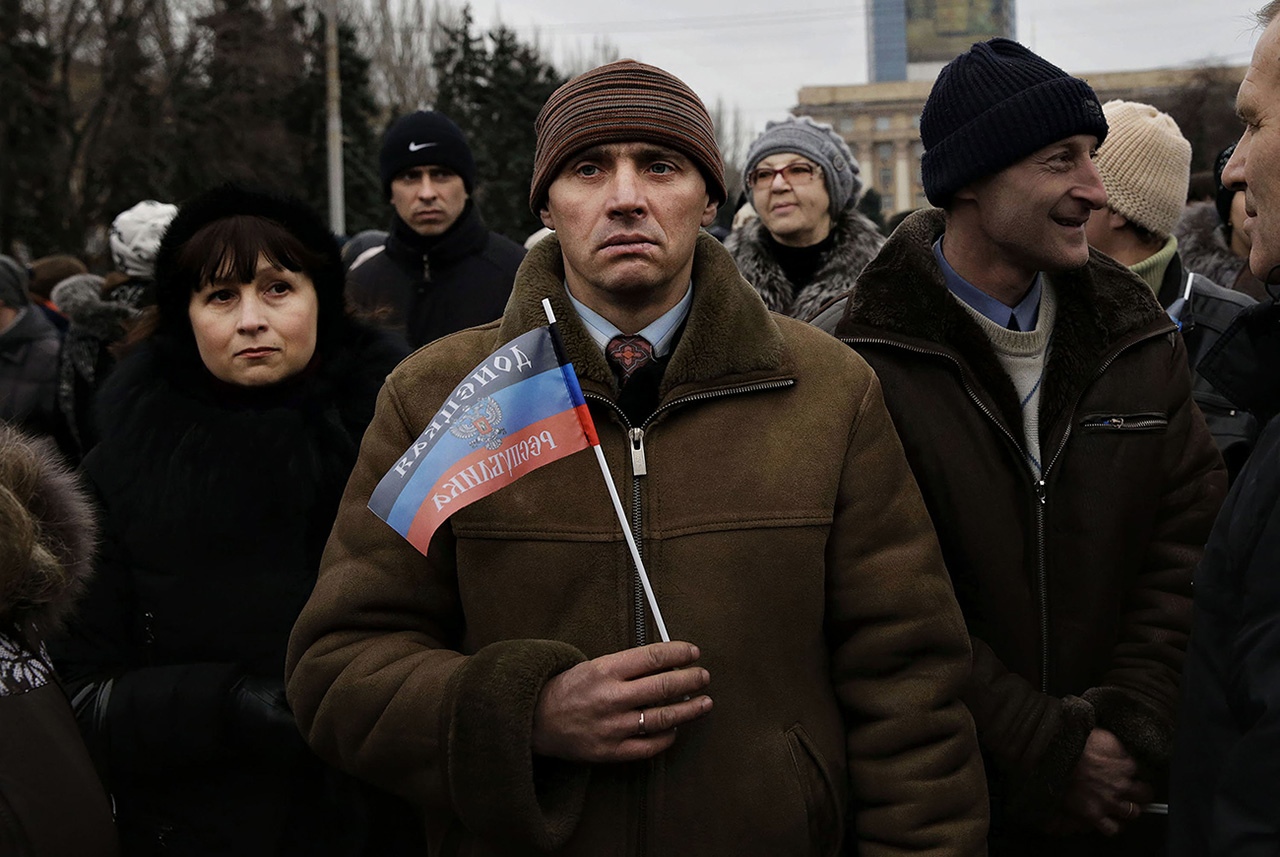


The opinions expressed in the article convey the author’s terminology and views and do not necessarily reflect the position of the editorial staff
Published: 30.08.2016










